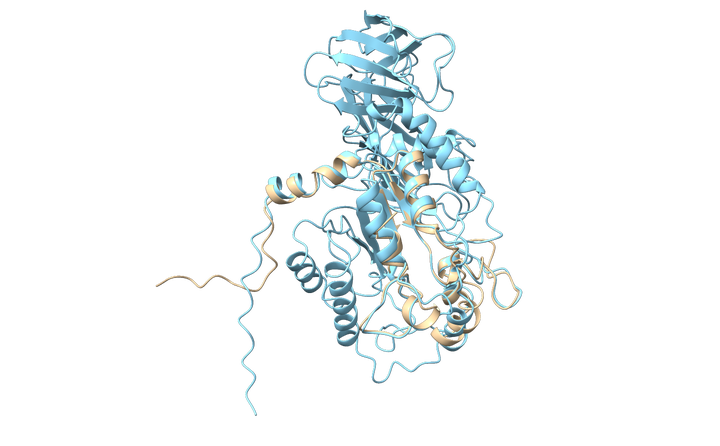Evolution in subsurface sediments looks pretty weird: there’s very little in the way of immigration or emigration, and arguably very little evolution of new species because subsurface microbes divide so slowly. However, heterotrophic microbes in the subsurface do appear to show adaptations to the subsurface environment, including via extracellular enzymes tailored to degrade organic matter and highly stable extracellular enzymes that provide long-term return to the slowly-metabolizing cells in the subsurface.
Drew Steen has recently been awarded an NSF CAREER grant to study this issue more directly. We will collect samples from the Gulf of Alaska and study the stability of enzymes in sediments using theoretical and experimental methods to better understand how subsurface microbial communities evolve, and to what extent enzyme stability is a driver of that evolution.
